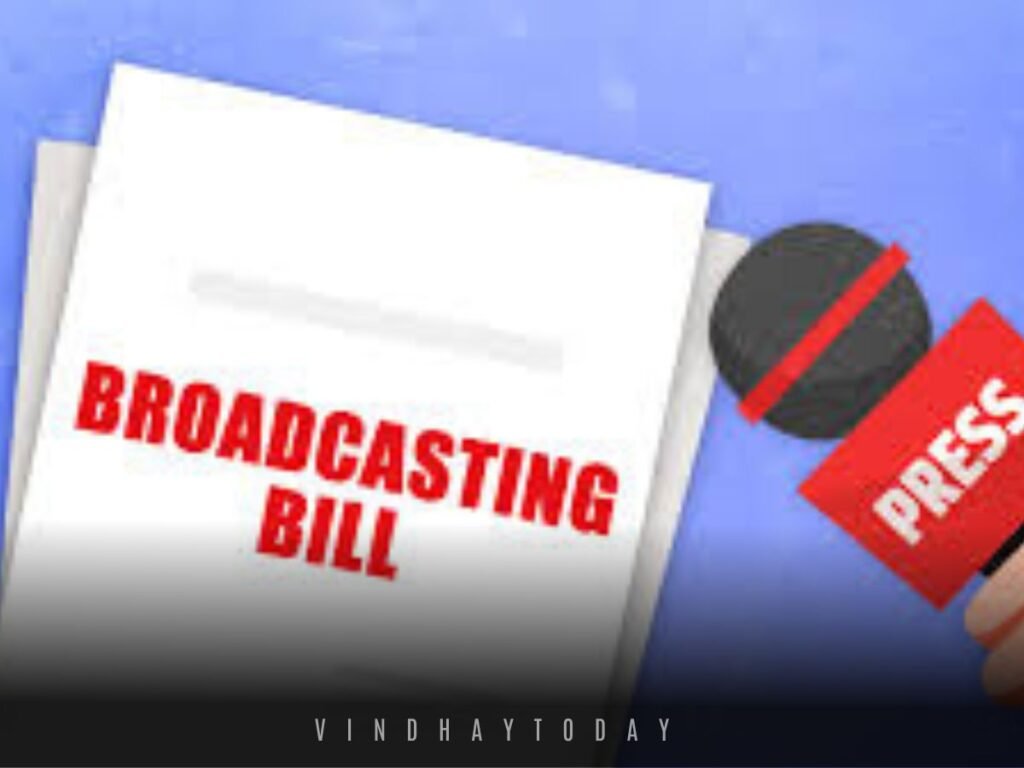
The Broadcasting Bill, recently proposed to regulate the broadcasting sector in India, aims to address various challenges faced by traditional media and digital platforms alike. As the media landscape evolves with rapid technological advancements, the Bill is poised to impact digital creators, Over-The-Top (OTT) platforms, and established media houses significantly. This article explores the potential effects of the Broadcasting Bill on these key players in the media industry.
Overview of the Broadcasting Bill
The Broadcasting Bill seeks to create a unified regulatory framework for all forms of broadcasting, including television, radio, and digital platforms. It aims to enhance transparency, accountability, and fairness in broadcasting by establishing guidelines for content regulation, advertising, and distribution.
Impact on Digital Creators
Digital creators, who thrive on platforms like YouTube, Instagram, and TikTok, might face several changes due to the Broadcasting Bill:
1. Content Regulation: The Bill introduces stricter content guidelines, which could affect the freedom with which digital creators produce and share content. Creators may need to navigate new regulatory requirements to ensure their content complies with the Bill’s standards, potentially impacting their creative freedom and the diversity of content available online.
2. Monetization and Advertising: With new rules governing advertising and sponsored content, digital creators might encounter increased scrutiny and regulatory hurdles. This could affect their revenue streams and how they engage with brands for promotions.
3. Increased Compliance Costs: Adhering to new regulations may lead to increased compliance costs for digital creators, particularly for those operating on a small scale. This could affect the sustainability of their operations and their ability to produce high-quality content.
Impact on OTT Platforms
OTT platforms, which have gained significant traction in recent years, are also likely to be impacted by the Broadcasting Bill:
1. Content Classification and Moderation: The Bill mandates content classification and moderation, which could lead to additional compliance requirements for OTT platforms. They may need to implement robust content review mechanisms to align with the new regulations, potentially impacting their operational efficiency.
2. Revenue Models: Changes in advertising and content distribution rules could affect the revenue models of OTT platforms. Platforms may need to adapt their strategies to navigate the new regulatory landscape and maintain profitability.
3. Licensing and Registration: The Bill introduces provisions for licensing and registration of broadcasters, including OTT platforms. This could lead to increased administrative burdens and costs for these platforms, particularly for those operating across multiple regions or jurisdictions.
Impact on Media Houses
Traditional media houses, including television and radio broadcasters, are also set to experience changes due to the Broadcasting Bill:
1. Regulatory Compliance: Media houses will need to align with the new regulatory framework, including content guidelines and advertising standards. This may involve revising their internal policies and procedures to ensure compliance.
2. Competitive Landscape: The Bill aims to create a level playing field by regulating all forms of broadcasting uniformly. This could impact the competitive dynamics between traditional media houses and digital platforms, potentially leading to increased competition and shifts in market share.
3. Investment and Innovation: The regulatory environment may influence investment decisions and innovation within traditional media houses. They may need to invest in new technologies and strategies to adapt to the evolving media landscape and stay competitive.
The Broadcasting Bill represents a significant shift in the regulatory framework governing the media industry. Its impact on digital creators, OTT platforms, and media houses will depend on how effectively these stakeholders adapt to the new regulations.
While the Bill aims to address various challenges and promote fairness in broadcasting, it also presents new opportunities and challenges for all players in the media ecosystem. As the industry navigates these changes, stakeholders will need to stay informed and agile to thrive in the evolving media landscape.




